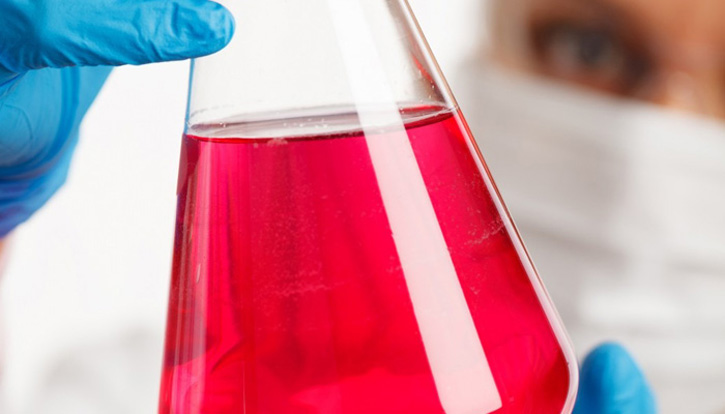GLP Enzyme Genotoxicity Studies
Project Description
Contract Toxicology Laboratory needed for 2 GLP genotoxicity studies , performed on 6 enzymes:
OECD TG 471 (2020a)
OECD TG 487 (2016a)
These tests need to be performed according to GLP. For OECD TG471 (2020a), we require the following amended protocol:
-Except for the treatment of bacteria, the methodology and the reagents (medium, metabolic activation system (S9 mix), preparation of test item, solvents, culture conditions, choice of doses, etc.) are the same as those used for the 'plate incorporation' or 'pre-incubation' Ames test (OECD guideline 471).
-Treatment of the bacteria: A 0.5-mL aliquot of S9-mix or phosphate buffer 0.2 M pH 7.4 is combined with 0.1 mL late logarithmic phase bacterial culture in a sterile container. A 0.1-mL aliquot of the test solution containing the food enzyme is added. Bacteria and treatment are incubated for 90 min with shaking at 37°C. After the 90-min pre-incubation, a large volume (10-15 mL) of a wash solution of nutrient broth in phosphate-buffered saline is added and the washed bacteria are collected by centrifugation (e.g. at 2,000 g for 30 min). All but about 0.7-1 mL of the supernatant is removed and discarded, and the bacteria are re-suspended in the residual supernatant prior to mixing with the overlay agar and pouring onto the surface of a minimal agar plate (1.5% agar, Vogel-Bonner medium E, 2% glucose). In some cases, it is possible to perform a second washing of the bacteria. The plates are inverted and incubated at 37°C for 48-72 h. After the incubation period, the number of revertant colonies per plate is counted.
-Controls: Concurrent strain-specific positive and negative (solvent or vehicle) controls, both with and without metabolic activation, should be included in each assay. Positive control concentrations that demonstrate the effective performance of each assay should be included. Sterility control should be included in each experiment.
Project Information
Number:22-02527
Industry:Enzymes

